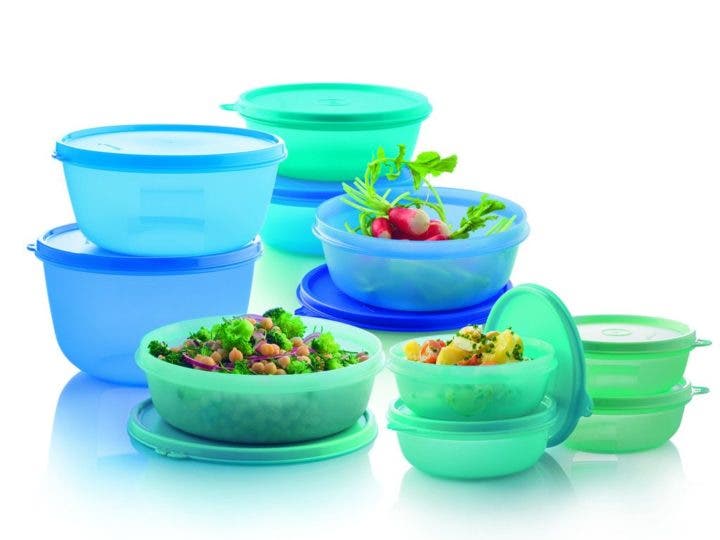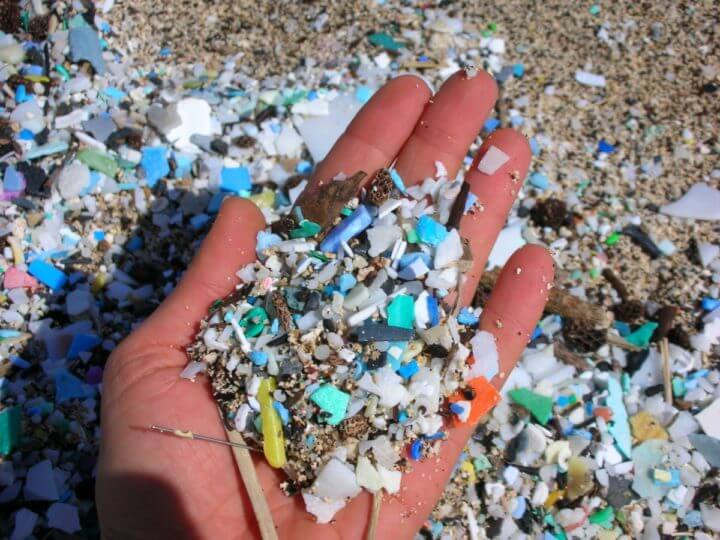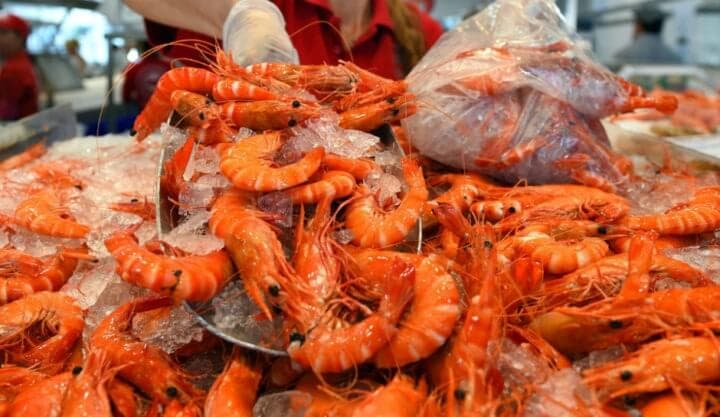Microplastics are polymers that do not degrade easily, are undetectable to the naked eye and whose shape varies over time. They are produced either as small plastics to be added to detergents and creams (eg, toothpastes and scrubs), or they are created when larger plastics break down in the environment.
Due to the increasing use of plastic in the world, its presence is increasing in oceans, rivers and soil, so it is very easily consumed by the fauna of the planet. They are found in drinking water, fish, beer, sea salt, and, ultimately, in any product that comes into contact with water.
Due to the great presence they have in our diet, it is convenient that you know if microplastics in food are a threat to our health .

How much microplastics are in food?
As if nature took revenge on human beings, the plastics that we throw into the environment return to us. Recent studies have examined the presence of microplastics in food and have found 600 particles per kilogram of sea salt, 660 particles per kilogram of honey and up to approximately 109 fragments of microplastics per liter of beer.
However, the most common source of microplastics in food is fish, because they are particularly common in seawater, and therefore consumed by fish, as well as other marine organisms such as mussels and oysters. Additionally, they have been found in deep-sea organisms, suggesting that microplastics are affecting even more remote species.
Its incorporation into the food chain is a fact. Recent studies found that seafood consumers could ingest up to 11,000 microplastic particles per year.

Do microplastics affect your health?
To date, there are very few studies that have examined how microplastics affect human health as they pass through the food chain. However, there is growing concern about this possibility because it has been found in human lungs, probably due to airborne microplastics.
Some studies have shown that microplastics in the air can cause inflammatory processes in lung cells. However, this has only been shown in laboratory studies. Similarly, phthalates , a type of chemical used to make plastic flexible, are known to increase the growth of breast cancer cells. However, this research was carried out in a Petri dish, so the results cannot be generalized to humans.
Other studies, conducted in mice, have shown that microplastics accumulate in the liver , kidneys and intestines, increasing levels of oxidative stress in the liver and those of a molecule that can be toxic to the brain.
Furthermore, microparticles, including microplastics, have been shown to pass from the intestines into the blood and potentially to other organs.

How to avoid microplastics in food
Microplastics are found in various food sources, especially those that come from the sea, such as salt, fish and, particularly, shellfish. Knowing that, there are two ways to avoid microplastics in food : one direct and one indirect.
The direct approach consists of choosing food (especially fish and shellfish) of high quality and from known sources. It is also advisable to limit the use of plastic food packaging.
On the other hand, the indirect way to avoid the consumption of microplastics consists of the following:
- Avoid cosmetic and hygiene products that contain microplastics. On the labels that inform about the composition of the products they often appear under the term “Polyethylene”.
- Avoid wearing clothes made from synthetic fibers, especially polyester, which gives off hundreds of microscopic fibers each time it is washed.
- Avoid the consumption of disposable plastics (for example, single-dose bags of washing machine and dishwasher detergents).
In this way, less and less microplastics will reach the oceans that can later be incorporated into the food chain.

Conclution
Microplastics are especially found in food that comes from the sea, as well as in drinking water, so it is inevitably consumed by humans.
Although there are not enough studies that demonstrate how microplastics affect human health , there is a high possibility that this is due to the results of laboratory studies in test tubes and mice.
The way to avoid its consumption is to buy quality food, as well as cosmetics and detergents with alternative formulations to the content of microplastics.

Reference
- Robertson, R. Are Microplastics in Food a Threat to Your Health? For Healthline [Revised August 2018].
